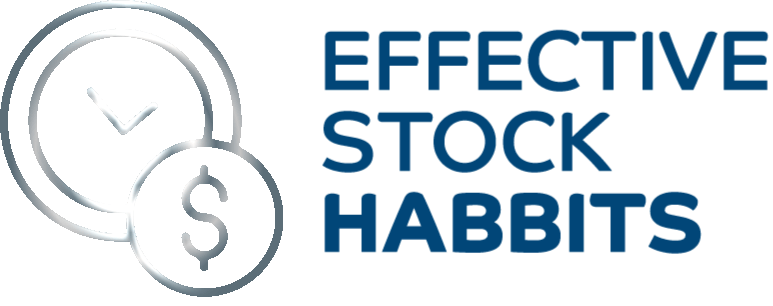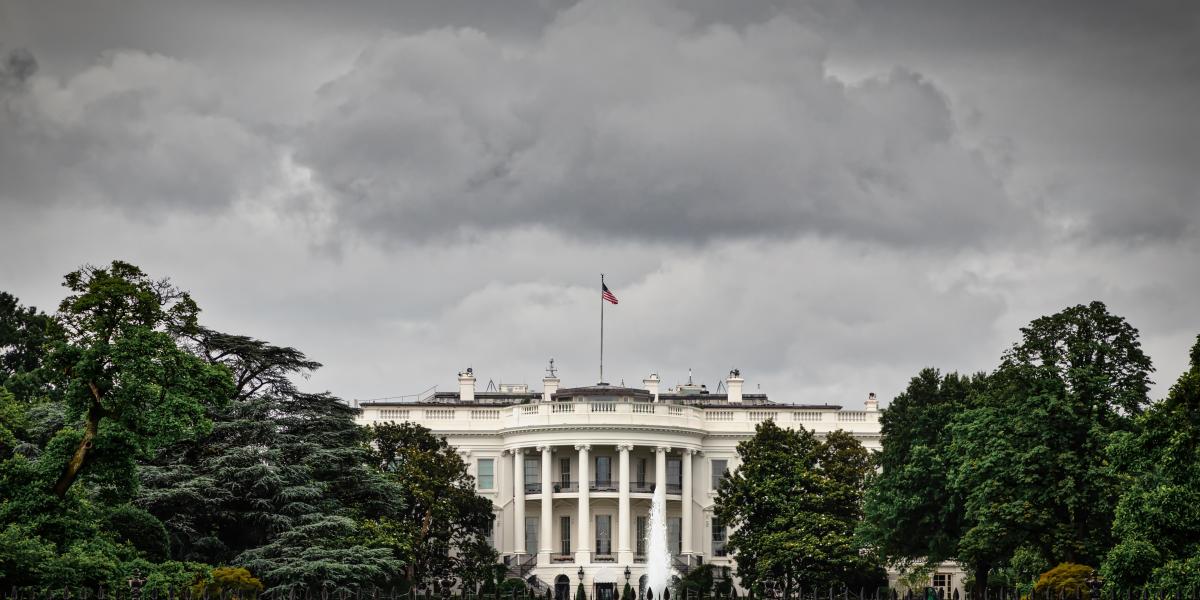Anarchy in the UK
With political turmoil creating anxiety in Great Britain, The Economist chose to describe the political situation
The Reality of Human Action
Human action is not a figment of our imaginations, nor is it a social construct. Praxeology
Biden’s student loan gift SAVE is simply a wealth transfer
The Biden administration is determined to do an end run around the courts and ram through
Though popular, nationalizations ruin economies
When governments seize private firms in the name of nationalization, the moves are usually politically popular.
Unelected technocrats are now the nation’s chief executives
For all the regime's talk about "democracy," it is clear at this point that the White
Trump and Biden can’t wait to send more assistance to Ukraine
While Joe Biden's obvious dementia was the headliner of the June presidential debate, the foreign policy
Europe Braces for a Surge in Black Market Synthetic Opioids
Jeffrey A. Singer (Source: Google.) The German edition of Medscape Medical News reported on July 19 that
Unelected technocrats are now the nation’s chief executives
For all the regime's talk about "democracy," it is clear at this point that the White









